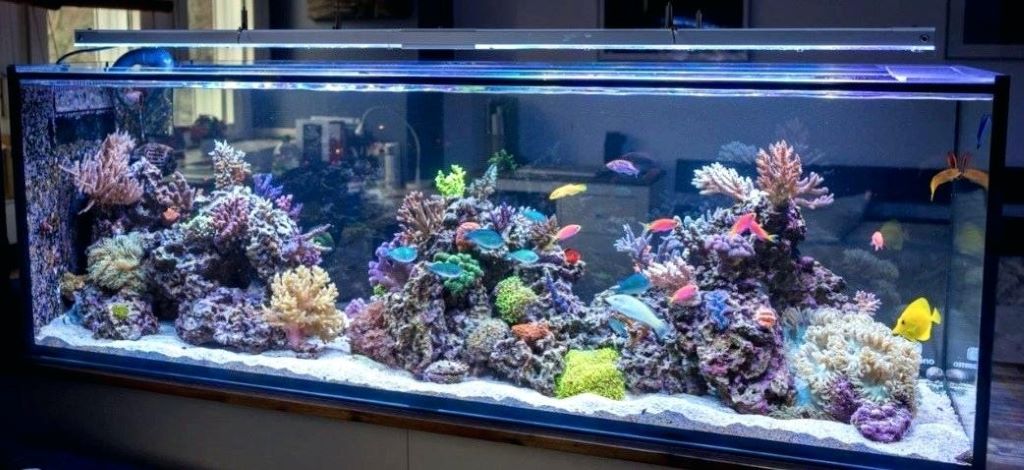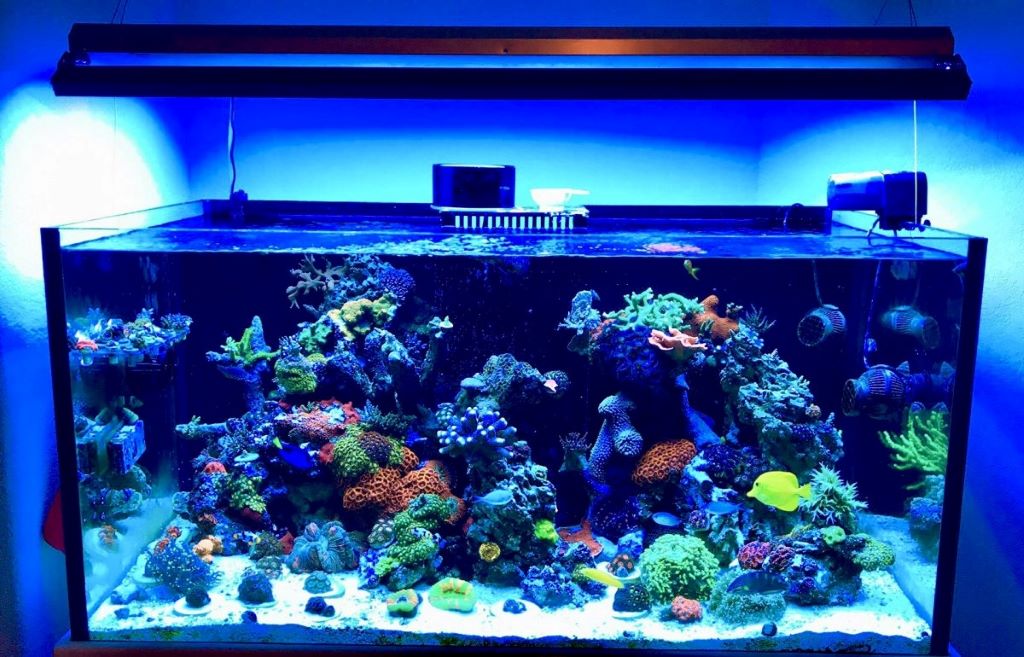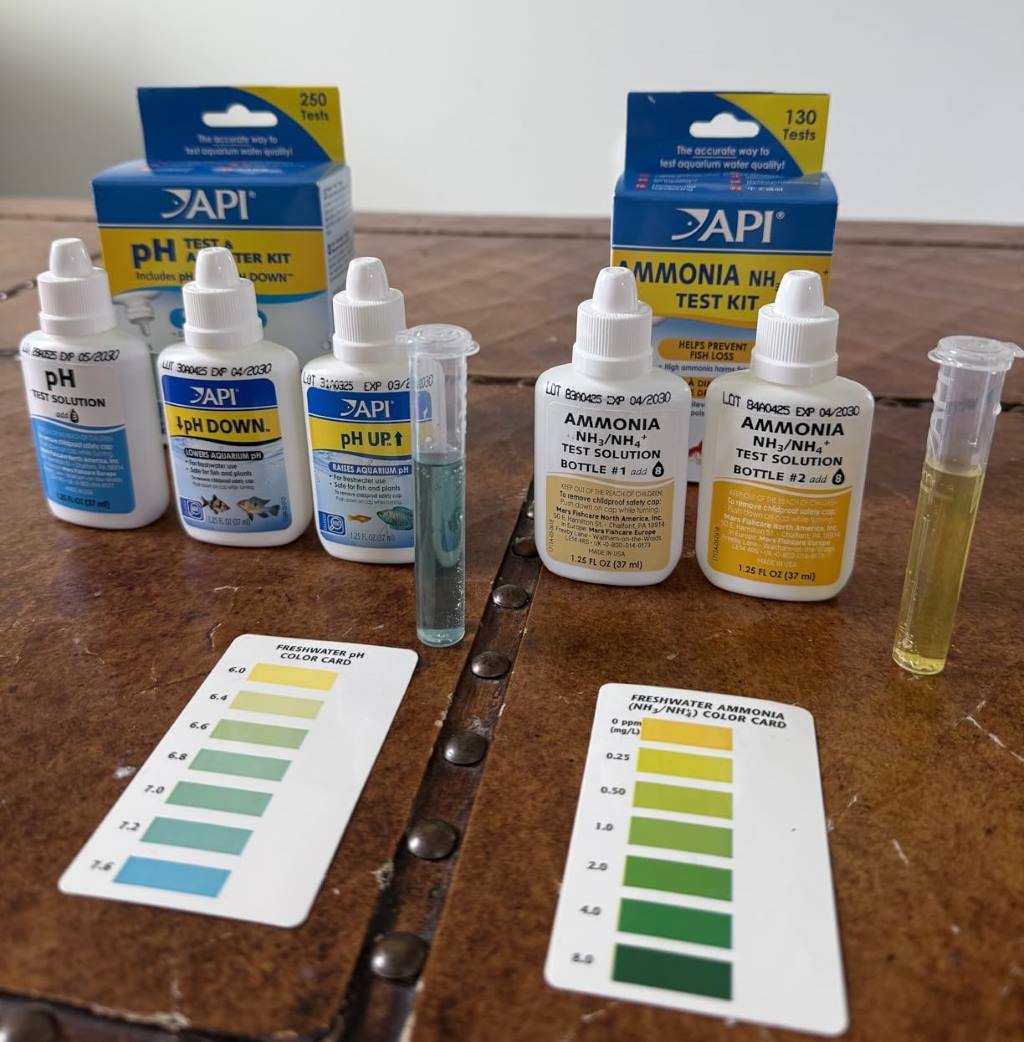Maintaining a reef tank isn’t just a hobby; it’s a science and an art. But even the most passionate aquarists make critical errors that can lead to algae blooms, dying corals, or even a full tank crash. The key to long-term success is understanding not just what to do, but also what not to do. Let’s break down the seven common reef tank maintenance mistakes, how to avoid them, and what it means for the health of your marine ecosystem.
1. Neglecting Regular Water Testing
Many reef tank owners focus more on aesthetics than water chemistry. This is a recipe for disaster. Testing water parameters like alkalinity, calcium, magnesium, nitrates, phosphates, and salinity is vital. According to Reef Builders, failing to monitor parameters weekly can result in coral bleaching or death within days.
Logic dictates that you can’t control what you don’t measure. Consider this: if alkalinity drops below 7 dKH, coral growth slows dramatically. Conversely, if phosphates spike above 0.05 ppm, nuisance algae spreads rapidly.
Solution:
Test your water at least once a week using high-quality kits like Salifert or Hanna Instruments. Keep a log and address imbalances immediately. Automated testers like the Neptune Trident can ease the burden for advanced aquarists.
2. Overfeeding Fish and Corals
It’s tempting to treat your fish and corals to frequent feedings, but this generosity backfires. Excess food leads to elevated nutrients like nitrates and phosphates, which fuel algae outbreaks.
In a 2023 survey by Reef2Reef, 61% of reef keepers admitted to overfeeding. The result? Cloudy water, ammonia spikes, and stressed livestock.
Solution:
Feed small, targeted amounts once or twice daily. Use tools like turkey basters for corals and auto feeders for fish to prevent overfeeding. Observe behavior—if food remains after two minutes, you’re likely feeding too much.
3. Skipping Water Changes
Many aquarists underestimate the power of a simple water change. Skipping this task can cause mineral depletion and waste buildup. Over time, even trace toxins can become deadly.
Marine Depot recommends weekly water changes of 10–15% for tanks under 100 gallons. Larger systems can stretch it to biweekly, depending on bioload.
Solution:
Set a schedule. Use clean, RO/DI filtered water and match salinity and temperature closely. This helps stabilize parameters and replenish lost elements. Avoid using tap water, as it often contains chlorine and silicates harmful to corals.
4. Ignoring Equipment Maintenance
Saltwater is unforgiving. It corrodes pumps, clogs skimmers, and calcifies heaters. When neglected, equipment performs inefficiently or fails outright, risking your entire tank.
According to Bulk Reef Supply, poorly maintained return pumps can drop flow by over 30%, starving corals of oxygen and nutrients.
Solution:
Clean return pumps, protein skimmers, and powerheads monthly. Inspect heaters, sensors, and light fixtures for wear. Replace worn-out parts proactively. Maintenance isn’t optional—it’s critical.

5. Using Low-Quality Lighting or Inconsistent Light Cycles
Corals rely on strong, stable lighting to photosynthesize and grow. Cheap lights or erratic lighting schedules throw their biological rhythm off balance.
A study published by Coral Magazine found that inconsistent PAR levels lead to tissue recession and stunted growth in 78% of surveyed reef tanks.
Solution:
Invest in high-quality reef lighting such as AI Hydra, Radion, or Kessil. Maintain consistent day/night cycles with timers. Aim for 8–12 hours of light daily, with gradual ramp-up and ramp-down phases to mimic natural sunrise and sunset.
6. Adding Livestock Too Quickly
Patience is essential in reef keeping. Stocking too fast overwhelms the biological filter, leading to ammonia spikes and disease outbreaks. It also destabilizes the tank environment.
Experts at LiveAquaria advise introducing no more than 1–2 fish per month in smaller systems. Even corals can stress each other if added in clusters without planning.
Solution:
Quarantine new livestock. Acclimate slowly and monitor ammonia levels. Allow your tank’s beneficial bacteria to adjust after each addition. Reef tanks thrive on stability, not speed.
7. Not Quarantining New Fish or Corals
Many aquarists skip quarantine tanks due to space or time constraints. But this shortcut can wipe out an entire reef tank. Parasites like ich and pests like flatworms hitchhike easily.
Reef Central reports that nearly 40% of reef tanks experience parasite infestations due to lack of quarantine protocols.
Solution:
Use a separate 10–20 gallon tank for new arrivals. Observe them for at least 2–4 weeks. Treat with copper or other appropriate meds as needed. For corals, a coral dip using solutions like Revive helps eliminate hitchhikers before introduction.
FAQs on Reef Tank Maintenance Mistakes
1. How often should I clean my protein skimmer?
Once a week for the collection cup and monthly for the entire unit. Clean skimmers perform more efficiently.
2. Can overfeeding cause coral death?
Yes. Overfeeding raises nitrate and phosphate levels, encouraging algae that smother corals and reduce light penetration.
3. What is the ideal lighting schedule for reef tanks?
A consistent 8–12 hour light cycle with sunrise and sunset simulation using programmable LEDs is ideal.
4. Are water changes always necessary?
Yes, unless you have a fully automated nutrient export system. Even then, water changes help replenish trace elements.
5. Is a quarantine tank mandatory?
While not mandatory, it’s highly recommended. It’s the best defense against introducing parasites and pests.
6. How do I know if my equipment needs cleaning?
Reduced flow, strange noises, or algae buildup are signs. Monthly maintenance prevents sudden breakdowns.
7. What parameters should I test weekly?
Test alkalinity, calcium, magnesium, nitrate, phosphate, and salinity at minimum to maintain coral health.
Final Thought
A thriving reef tank doesn’t happen by accident. It demands diligence, patience, and above all, knowledge. When you Avoid These 7 Common Reef Tank Maintenance Mistakes, you build a foundation for long-term success and vibrant marine life. Each step—whether it’s routine water testing or equipment maintenance—adds up to a stable, beautiful ecosystem. Remember, reef keeping isn’t about shortcuts. It’s about consistency and informed choices. Start small, act wisely, and your underwater world will flourish.




